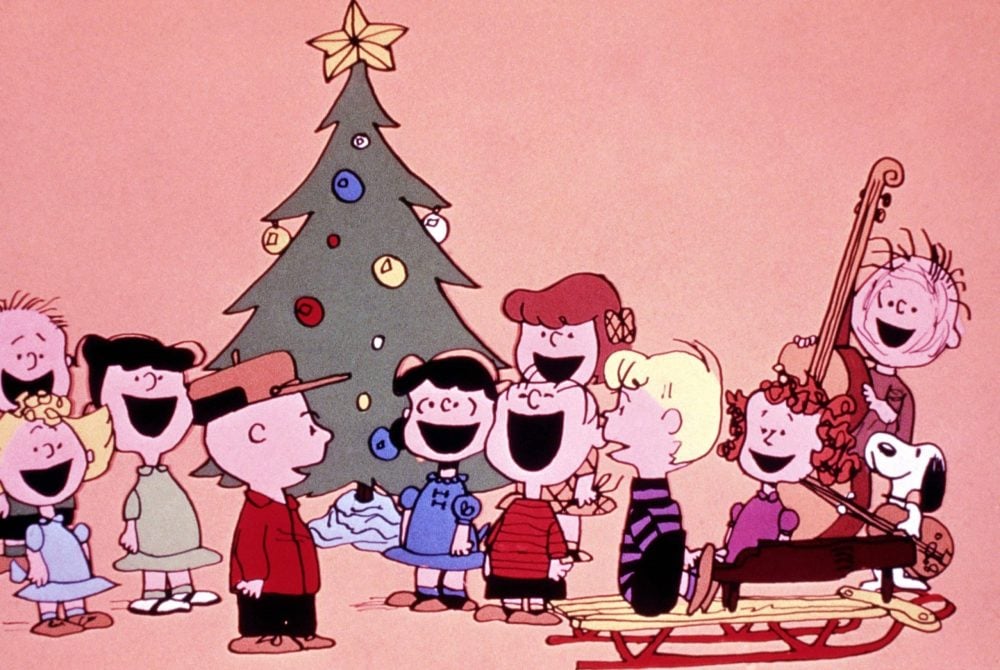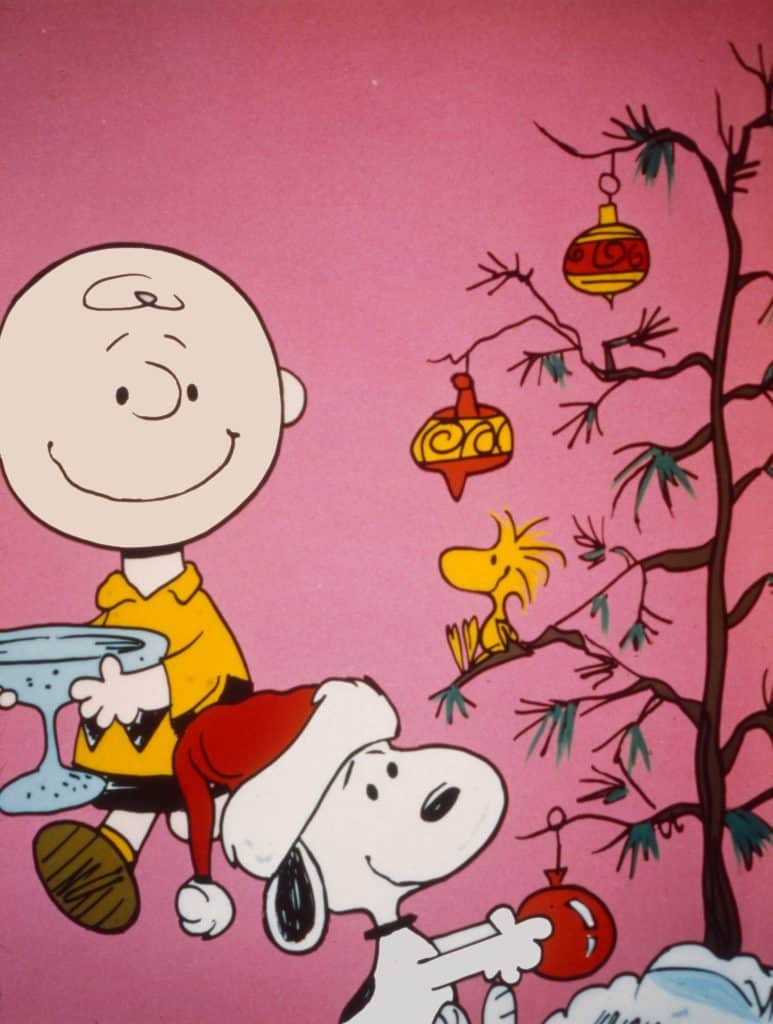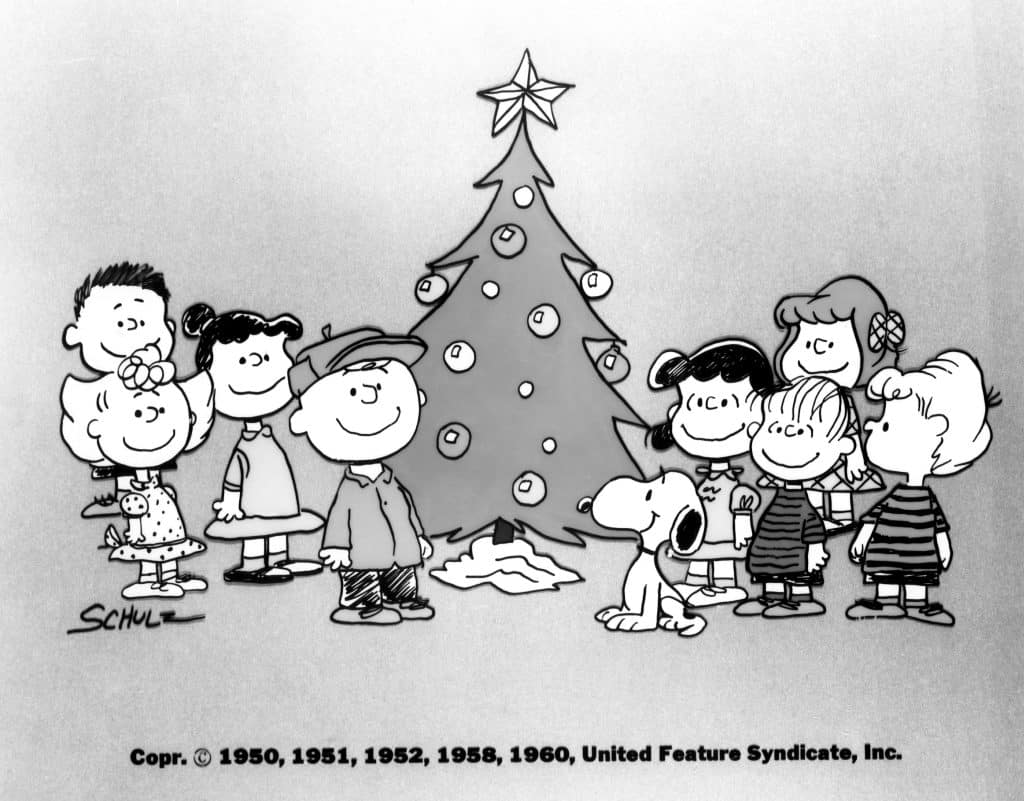
It’s hard to imagine a children’s television special that has seemingly affected the popularity and patronage of a consumer product line than A Charlie Brown Christmas. The special is perhaps one of the most loved animated children’s specials ever produced.
The TV series created by Charles M. Schulz was much sought after by the 1965 television audiences in a way no other children’s program had ever been. It was so successful that it boosted the career of cartoonist Charles Schulz to launch a merchandising empire that raked in $1 billion in sales annually.
The production of Aluminum Christmas trees

Artificial Christmas trees have existed in one form or another for nearly 150 years. In 1955, the Modern Coatings Company of Chicago obtained a patent for an aluminum Christmas tree which, after production, was quite expensive.
However, in December 1958, the toy sales manager of the Aluminum Specialty Company, Tom Gannon, spotted one of the Modern Coatings trees at a Ben Franklin store in Chicago. Gannon bought the tree and took it to Aluminum Specialty’s headquarters in Manitowoc, Wisconsin. The company redesigned the tree to include foil needles at a cheaper production cost of less than $12.
RELATED: Are Vintage Ceramic Christmas Trees Valuable Today?
The Aluminum Specialty tree was unveiled at the American Toy Fair in March 1959. It was an immediate success as orders poured in, with all 10,000 trees it produced sold for around $25 each. The company’s progress was the beginning of the growth of the aluminum Christmas tree market.
An idea from ‘A Charlie Brown Christmas’ destroyed the Aluminum Christmas Trees Market
A lot of the message passed across in A Charlie Brown Christmas was at the expense of the aluminum tree industry. This is particularly seen in a part of the animation where Charlie Brown reveals that he is worried about the true meaning of Christmas, and Lucy, another character, replies, “Let’s face it. We all know that Christmas is a big commercial racket. It’s run by a big eastern syndicate, you know.”

The dialogue between the two characters, which was meant to be a joke, became the turning point for millions of Americans who reflected and began to question their traditional Christmas value. Also, another instance came on the TV special where Charlie Brown and Linus, in their search for the perfect Christmas tree, were met with a cold display of aluminum trees. Charlie chose a fresh Christmas tree instead of the metallic version. “This little green one here seems to need a home,” he tells Linus.
Charlie Brown’s choice of a natural Christmas tree ultimately led to the decline of the aluminum version because his tree was a representation of the lost value of an American Christmas.
The Aluminum Christmas Tree Market crashed
The public reception and critical response to A Charlie Brown Christmas movie were all-encompassing, leading to the gradual death of the aluminum Christmas tree manufacturing companies as it became evident that they were no longer needed.

While the company was downsizing, a business group came up with the idea of new plastic trees with lifelike polyethylene needles and pumped their product into the market. People chose the plastic Christmas tree over the aluminum, and this marked the end of the aluminum tree market.
